Top 10 Things You Might Not Know that Robots Can Now Do
Robotics has made significant strides in recent years, even though they haven't completely taken over our daily lives as some early science fiction writers ... read more...predicted. Robots of today are much more capable than humans give them credit for, with abilities ranging from playing music to cooking international cuisine to viciously murdering anybody in a certain region.
-
If you were raised in the United States, chances are you've seen at least one episode of The Jetsons, a 1960s animated series that portrayed a futuristic civilization with push-button meals, floating buildings, and a robot named Rosie in the twenty-first century.
In the Rip-Off Rosie episode, George Jetson restores the Robotto robot's fried memory chips, earning himself a raise and a day off. When he brings the defective component home to show his family, his robot housekeeper Rosie unintentionally consumes it after mistaking it for sweets. Rosie goes nuts when the component is broken. Her expression darkens, her eyes widen, and she starts destroying the house irrationally.We get what you're thinking, but it's actually far more terrible than it seems. Movies and stories typically forewarn us against giving machines the ability to kill people, but in reality, these developments are now well past the production stage and well into the deployment phase.
On November 27, 2020, Iran's top nuclear scientist was shot and killed with an AI-assisted robotic sniper gun, marking the first and maybe only instance of a military robot killing a political target that has been documented. The killing was apparently carried out by Israeli Mossad agents using a remote-controlled, AI-equipped sniper robot hidden inside a vehicle, according to a New York Times report, though it was never publicly acknowledged. Iranian investigators claim that the AI was so exact in its targeting that it spared the scientist's wife and other members of his entourage while accurately identifying the scientist.
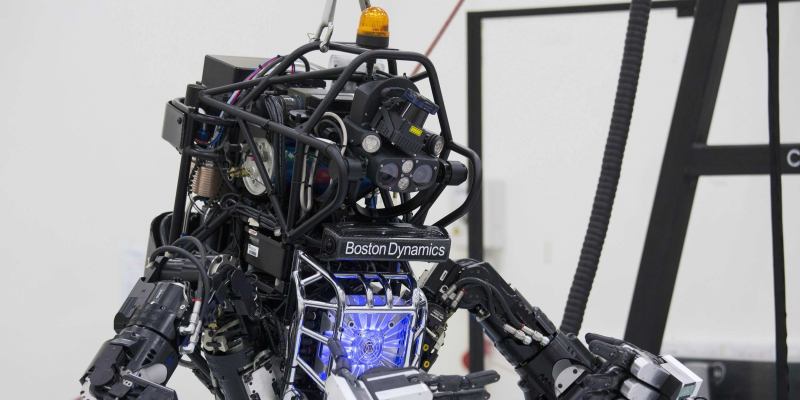
http://businessinsider.com 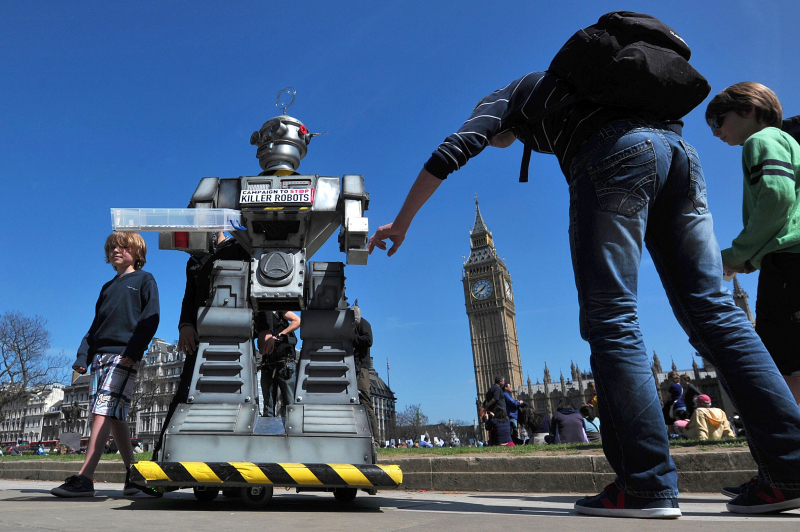
https://sputniknews.com/ -
Even a few years ago, the concept that robots may one day be used to operate on people would have seemed absurd, but that is no longer the case. Robot-assisted operations, which are carried out remotely by real surgeons using a specialized, cutting-edge robot, are becoming more and more popular in hospitals all over the world.
As you may expect, it has a lot of benefits over the conventional approach. Typically, surgeons choose open surgery, in which they cut up the surrounding tissue to view their work. The same treatment may now be performed considerably more precisely through a smaller surgical cut thanks to a remote-controlled robot outfitted with enough cameras, lowering the danger of bleeding or infection issues.
The process isn't automated and still needs a human specialist, but that's probably always the case with delicate, complex surgical operations. However, automated robots might be a good choice for routine treatments, and we now have prototypes that can execute some automated procedures on animals.
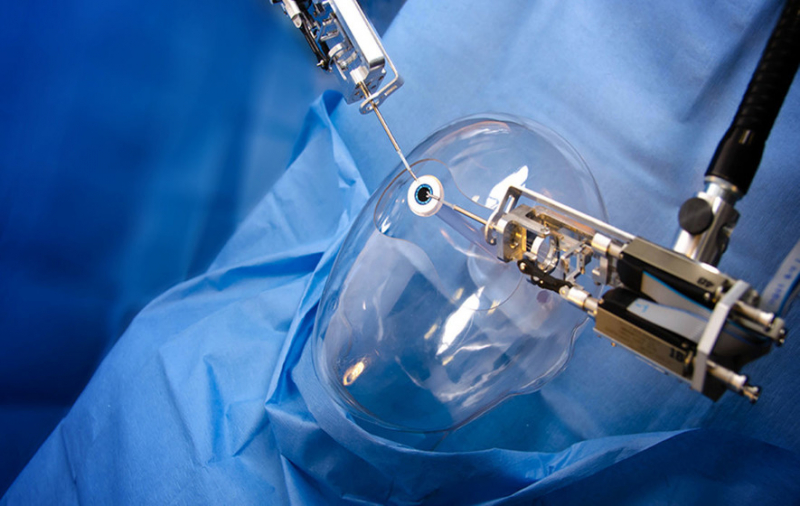
https://www.irishnews.com 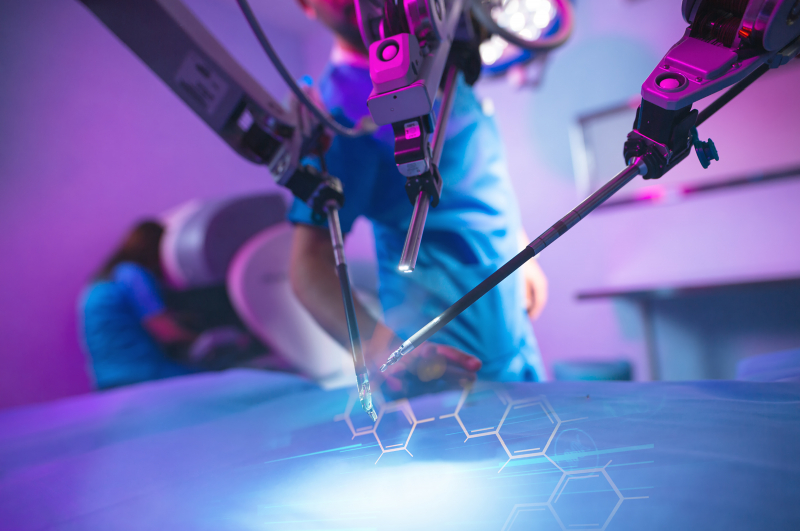
https://zurology.com/ -
One of the jobs that many people believe cannot be replaced by robots is cooking. The biggest issue is that robots can't truly judge how nice or horrible something tastes because they lack true taste buds. Consider how many different types of unique motions one needs to make to prepare something as simple as a sandwich from scratch. It also requires a surprisingly high level of dexterity.
Sadly, that might not be the case for very long, at least for cooks who work professionally. Even though it's a little too expensive to completely replace real cooks any time soon, the first fully functional robotic chef is now available on the market.
The robotic kitchen, which costs well over $300,000 and was created by the robotics company Moley Robotics in London, is essentially just a fancy, high-tech kitchen with two robotic arms hanging down from the top. It can prepare everything in the entire world on its own, and the company intends to gradually add 5,000 more recipes to it.
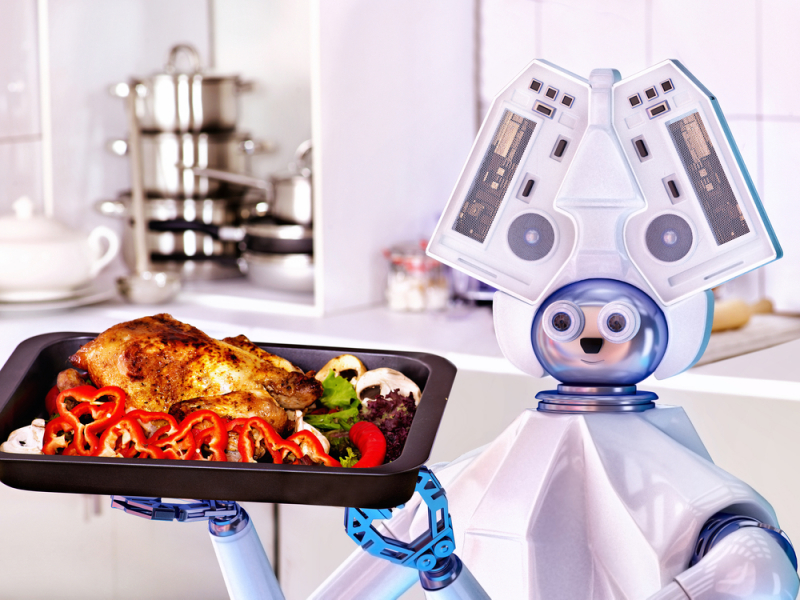
https://sociable.co/technology The Telegraph channel on Youtube -
For the Atlas team, parkour is the ideal laboratory in which to test out novel behaviors. We test Atlas' capabilities through vaults, balance beams, and jumps in order to uncover the newest in athletic intelligence, mobility, and perception.
Boston Dynamics' efforts to create the most horrifying robot currently feasible have gained almost universal acclaim, but their creations merit a place on any list of cutting-edge robotic achievements. Atlas, maybe their most sophisticated humanoid robot, was recently seen successfully navigating a series of obstacles, including a backflip at the conclusion. Although it may not appear to be much at first, before Atlas, it was very impossible to have a robot move the same way we do.
Atlas is certain to be used on a battlefield someday, even though it may have numerous civilian applications as well. Boston Dynamics has previously created militarized robotic dogs for DARPA, and it frequently works with military-grade prototypes. Practically speaking, creating robots that walk or run like humans does not offer any advantages beyond creating utter horror in the thoughts of whomever they are running toward.
Boston Dynamics channel on Youtube -
Self-assembling robots are a subset of the larger area of modular robotics, which is concerned with creating separate robotic components that interact with one another in real time rather than the fixed-shape robots we are accustomed to seeing today. In a way similar to the self-healing, self-assembling T-800 model from the Terminator movies, it's the future, enabling engineers to create totally new types of dynamic machines based on what they need at the time.
Even though we have the initial prototypes of what these modular robots would look like, all of that is currently far in the future. The Computer Science and Artificial Intelligence Laboratory (CSAIL) at MIT is working on a project called M-Blocks where they have created 16 cube-shaped, 50mm X 50mm robots that can interact with one another and do basic tasks like moving in a line. Another project of a similar nature is SMORES-EP at the University of Pennsylvania, however their robots are more advanced and have superior mobility because each module has its own pair of wheels.
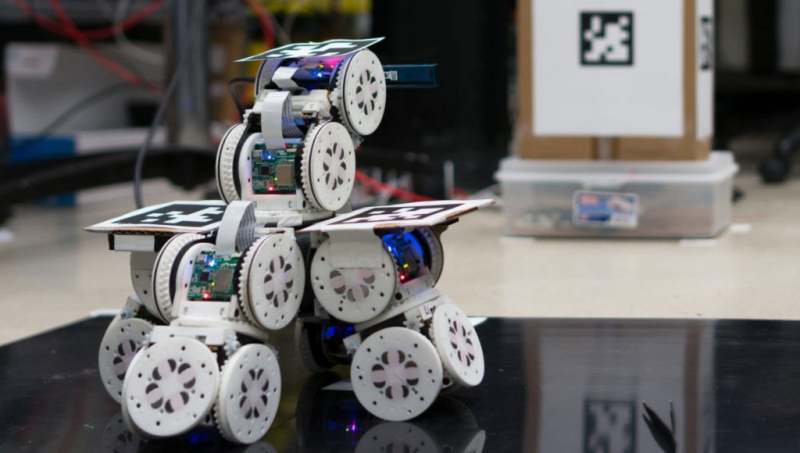
https://danieleckler.com/ 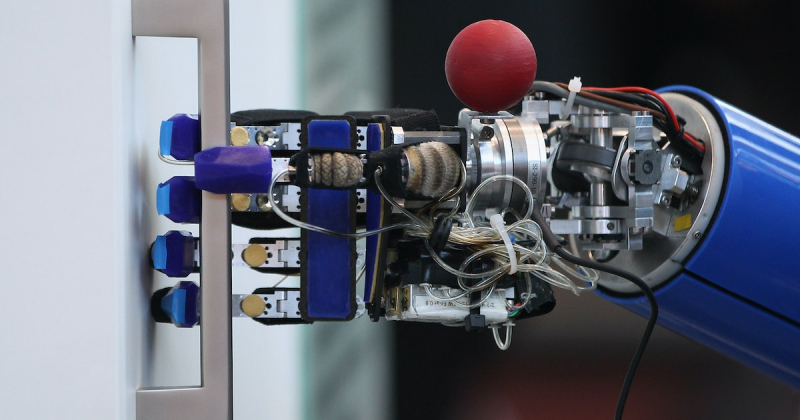
http://www.bustle.com -
Police robots and other sorts of robots are similar in that they both use AI, machine learning, and IoT to carry out their duties. A police robot and a service robot, for instance, differ primarily in the duty they are designed to complete. Law enforcement and governmental organizations deploy police robots that are designed to stop traffic based on driving habits, identify criminals using facial recognition technology, and even stop fraud.
In Dubai, you can see robot police officers that are unlike anything you have ever seen. Although you can only use it at the moment to report crimes, pay fines, and perform other small clerical work, it isn't actually armed or capable of any type of violence, but it is a part of a troubling global trend.
It's not just Dubai, either; police forces around the world are increasingly using robots to carry out their duties, from Singapore to Israel to India. One of the robotics' more unsettling possible uses is crowd management, which is one application where robots will likely be utilized a lot in the future. As protests and turmoil become increasingly widespread around the world, nations are searching for cutting-edge, contemporary ways to police their own citizens.
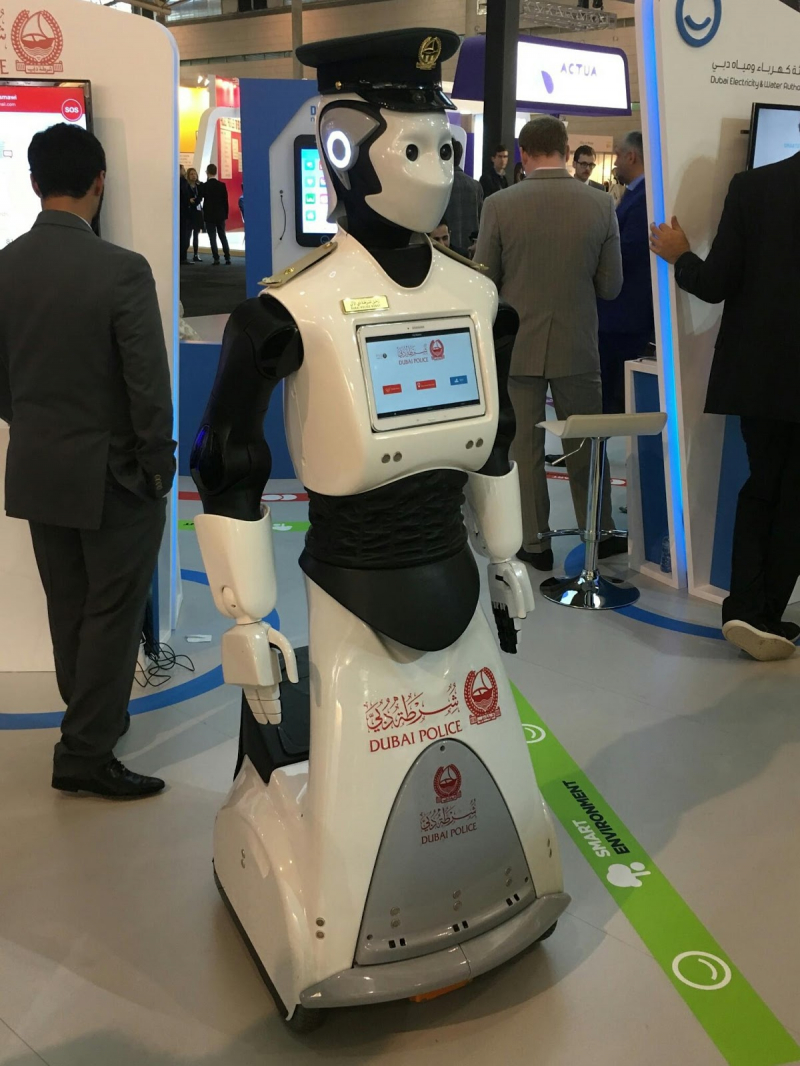
https://www.techsledge.com/ 
http://www.youtube.com/ -
Even while it might not look as amazing as some of the other robots on this list, many people still find this task to be difficult. IKEA furniture assembly is a generally despised task that, despite clear, illustrated instructions, is exceedingly challenging to get right. To truly understand the scope of the issue, one simply needs to conduct a Google search for "IKEA furniture assembly advice" or a phrase of a similar nature.
Thank goodness, engineers at Singapore's Nanyang Technological University created a robot that can put together any IKEA item you throw at it. It's a simple setup with two arms and grippers that can already put together a chair in under 20 minutes.
It's a continuous endeavor, even though it isn't yet commercially ready and still needs a learning period with each new product it comes into contact with. As a result, it really isn't helping anyone. Currently, the team is attempting to teach the robot how to put anything together by reading the instructions or even simply by glancing at the finished item.
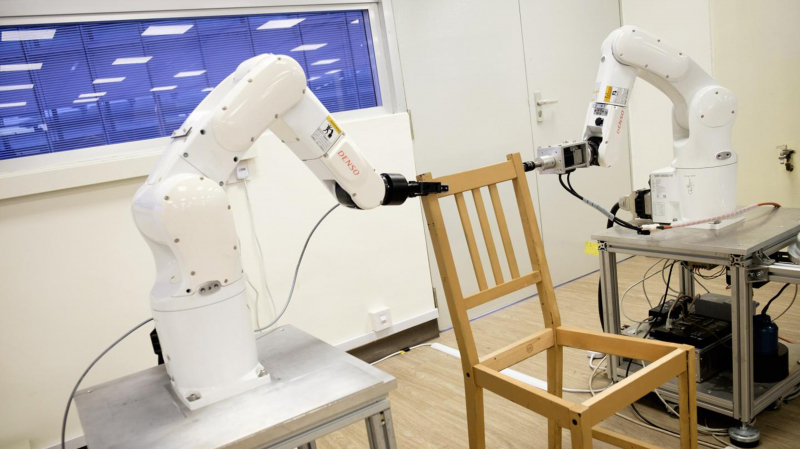
http://home.bt.com/ 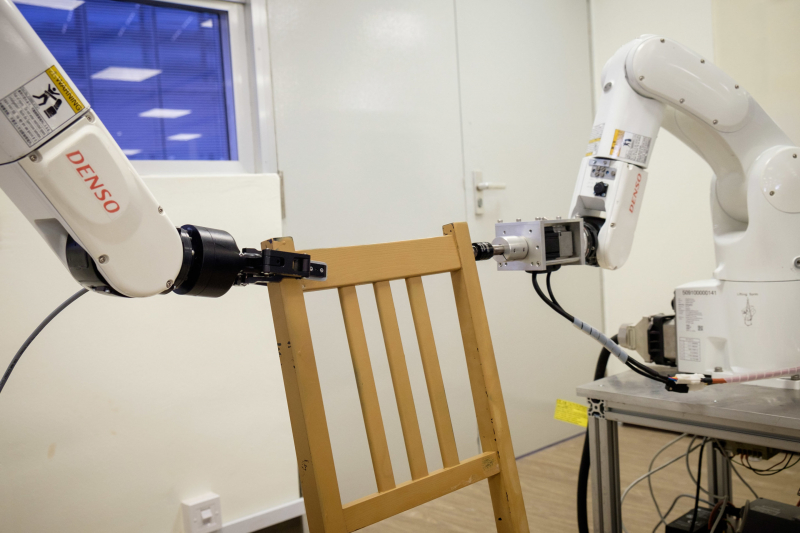
https://techxplore.com -
Robot Janken is called after the Japanese adaptation of the game Rock, Paper, Scissors. Usually utilized as a coin toss-like fair technique of selecting between two options, the robot is anything but fair. Janken, created by University of Tokyo academics, isn't just proficient at the game; it's also possibly the only player to consistently have a 100% victory rate.
Although Janken may appear to be an expert predictor, that is not what it is doing. It is simply responding to the opponent's gesture with the aid of high-speed cameras, but only quickly enough to give the impression that it happened instantly.
While it's obvious that Janken can't be taken seriously at a professional Rock Paper Scissors competition — as that's clearly cheating — robotics researchers continue to investigate response and reaction speed. In sectors like driverless vehicles, where response time should be as close to zero as possible, it is very relevant.
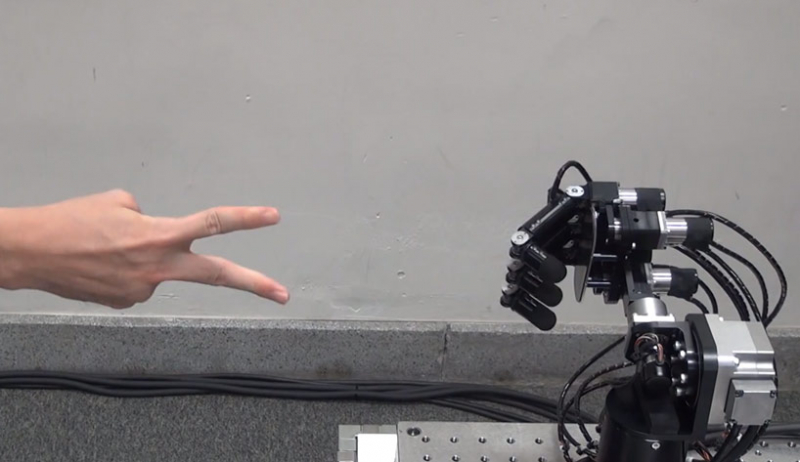
http://www.designboom.com/ 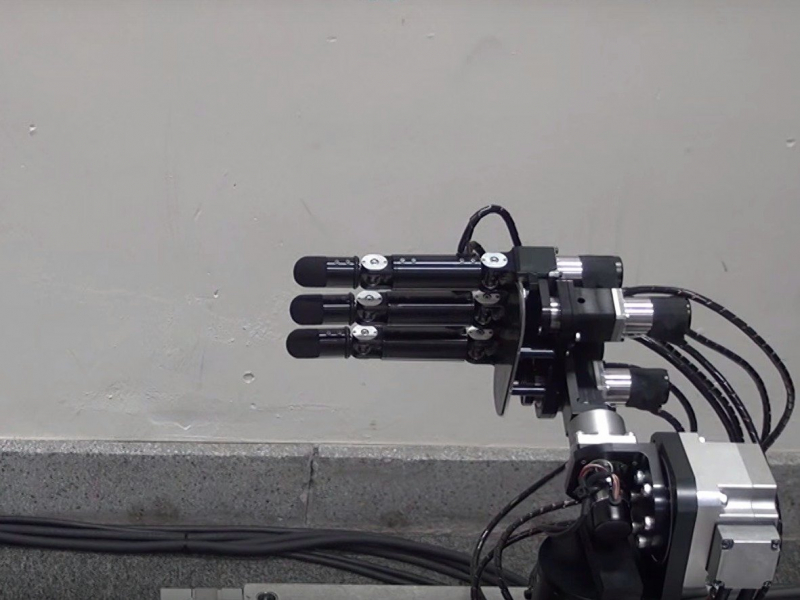
https://wonderfulengineering.com -
The concept of tiny, microscopic robots that can carry out difficult surgical procedures was mostly restricted to science fiction until recently. That's no longer the case since a range of medical nanobots have proliferated as a result of recent advancements in nanotechnology and robotics. The potential medical uses for tiny machines that might be programmed to perform anything are only a person's imagination.
While not all of them will likely be accomplished anytime soon, nanobots can already do several tasks. In a 2018 study that was published in Nature Biotechnology, researchers created microscopic robots that could swarm tumor cells and clog their blood supply. These nanobots were successfully tested on mice and were created by folding DNA fragments, a process known as DNA origami, and a blood-clotting enzyme called thrombin. Naturally, the architecture of people and mice differs somewhat, so it would take some time before nanobots could totally destroy cancer. Although the research is still in its early stages, these findings are encouraging.

https://wonderfulengineering.com/ 
https://www.istockphoto.com -
You would think that this robot was just programmed to do such motions if you watched it play the strange theremin instrument from the Soviet era, which is played exclusively with hand gestures in the air. It's interesting that it wasn't; created by scientists at Kyoto University's Graduate School of Informatics, the robot is fully autonomous when it comes to reproducing music. It can also perform in ensembles with other musicians, complete with visual indications and tempo adjustments based on the music being played by their partner.
Roboticists all over the world are experimenting in a variety of ways with live music and robots. There are numerous videos online showcasing robot rock bands that can perform at least as well as live musicians. Because you may create robots anyway you want, and because they never grow tired, they are intrinsically more dependable and technically capable. Robots still aren't able to create music, though, since that still requires the human brain and the unique way it hears music.
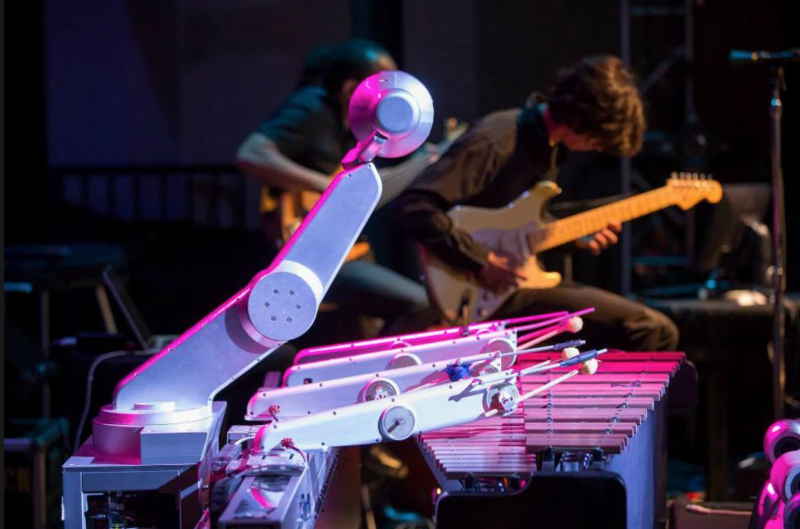
https://www.aspenpublicradio.org/ 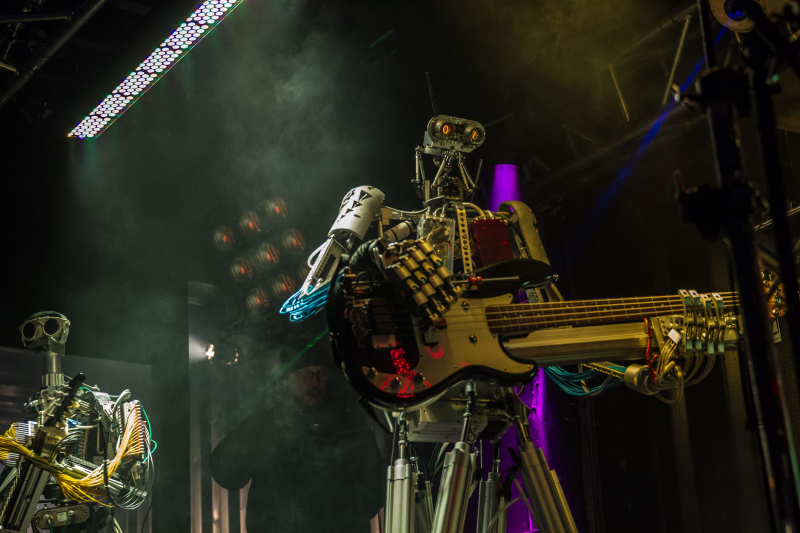
http://www.businessinsider.com































